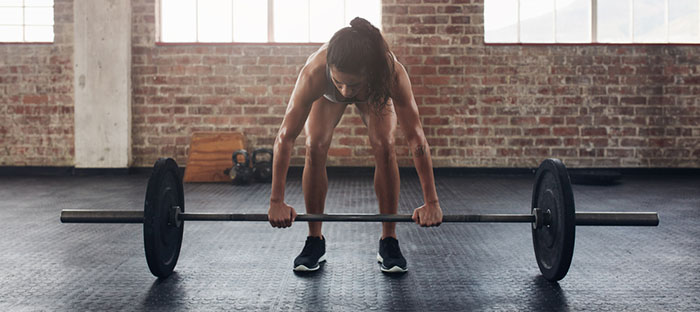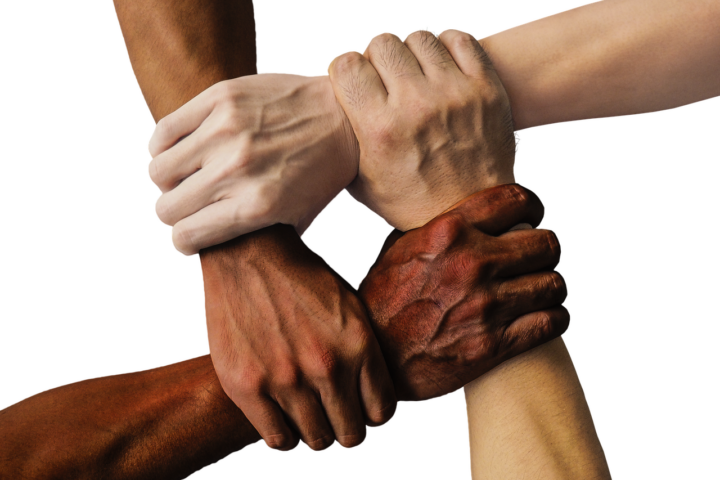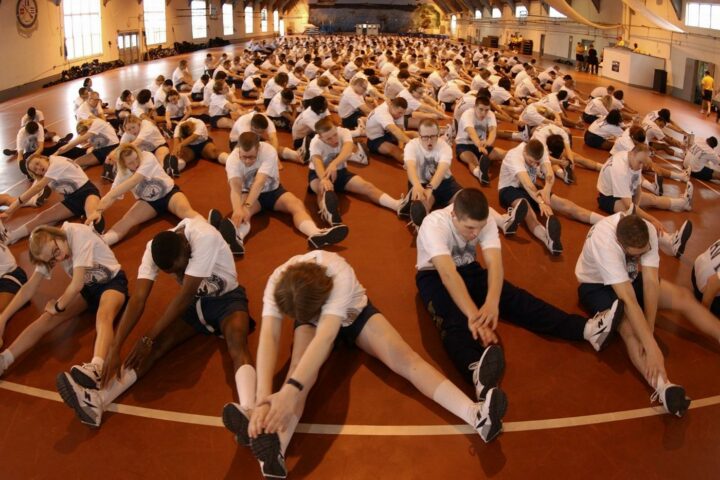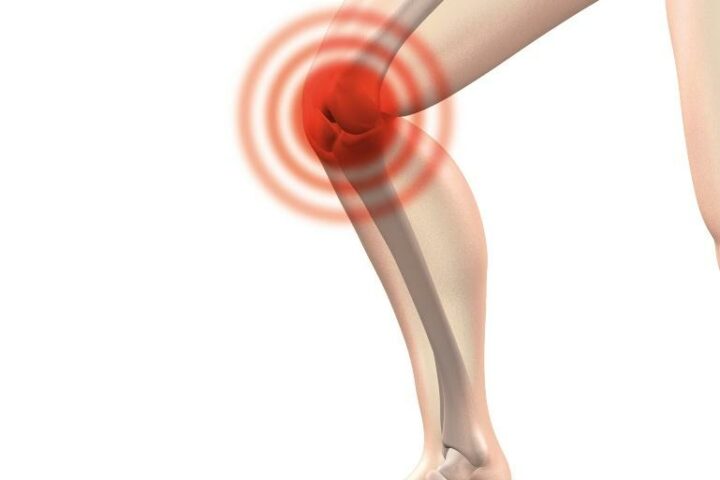If you are an athlete who wants more power, strength, and speed, or wants to prevent injury, then you need to begin proprioceptive training. Of course the next question is…
What the heck is proprioception???
To understand proprioception we need to differentiate it from other commonly used terms as they are often incorrectly used interchangably: balance and kinaesthetic awareness. Kinaesthetic awareness is conscious awareness of your limbs in space, thus allowing an athlete to rapidly change direction of limbs. For example, running through tires is an act of Kinaesthetic awareness. Proprioception is the unconscious awareness of the body in the space, occurring both in the brain and locally at the muscles themselves. The local proprioception can be thought of as instincts, and is the form we are largely focusing on in this article. Finally, balance is the most complex of the three. Balance involves combining proprioception, Kinaesthetic awareness, and your vision.
Why is proprioceptive training so important?
1. Injury Prevention
In my opinion, the single most critical aspect to avoiding injury is not strength, but rather awareness. Strength allows muscle and bone to resist forces when placed in a disadvantageous position, but proprioception helps prevent you from even being there.
When things do go poorly and your body is forced to deal with a poor position, proprioception again becomes critical because the body is aware or which muscles and joints it can use. and with how much force to bail us out. Confused? Here’s an example. An football player is quickly juking to avoid a tackle, when he is suddenly from the side, causing his knee to twist. If he had to wait for his collective balance to kick in, it’ll be too late to prevent falling. Even worse, if his proprioception is poor, he may fail to contract his poplitus muscle, and now he has an ACL tear.
** Rework…
Ankle sprains usually occuring when there is rapid hypersupination. This action can occur in as little as 90ms, which is actually faster than our nerves can carry the signal to the brain and then back down to inform the muscles what to do. In fact, to humans a 100ms latency is percieved as instantaneous (so conscious thought is completely worthless). To prevent such an injury three things need to occur. 1) Muscles need to be strong to resist the forces being applied at a local level. 2) The more stable the body is when the motion begins to less pressure there is on the ligaments. 3) The more trained the muscle reflex is at the local area the more likely the proper corrective response will be issued.
2. Increase speed, strength and explosiveness
Hated physics in college, I’ll be brief. The body is a living series of fulcrums, levers, and pulleys. The more advantageous the body is positioned for work, the easier it can complete a task. Let’s see this as an example.
Let’s say we want to chop a log in half. Billy-Bob has a 5lb hatchet; Gunther has an 5lb Axe. Who’s gonna finish the the job first? Gunther of course because his weapon of choice is a longer leaver, and thus the axe speed will be greater upon impact.
Compare this to the human body.
Let’s say we want to chop a series of boards in half. If the muscle and joint begin their motion from full flexion it has the longest lever arm possible = broken boards. If the joint thinks its at full flexion when it begins it the motion it has effectively shorted the leverage of your arm slowing the motion and striking the board, not through the board = broken hand. Of course things are a little more complicated that this, as many factors add into force (such as moment arms, fiber length, etc), but we are keeping it simple here.
Additionally, when proprioception is at its best, all the joints and muscles work together, seemlessly. It’s like showing up to a fight with your buddies instead of alone.
How do you do proprioceptive training?
We regularly use unstable foam mats, rocker boards, and wobble boards to help improve proprioception. As the patient gets better and better, we introduce distractions and complications (such as doing squats on the board while watching TV and catching a medicine ball).
At you local gym you can work on bosu ball, which is an excellent early training tool. However, we highly suggest that if you begin combining any sort of weight while on an unstable surface you do so in the presence of a skilled personal trainer or you likely get hurt.




